Factors Affecting Shrimp Survival Rate
These complex factors often pose challenges for farmers in achieving maximum cultivation results. So, what are these factors?
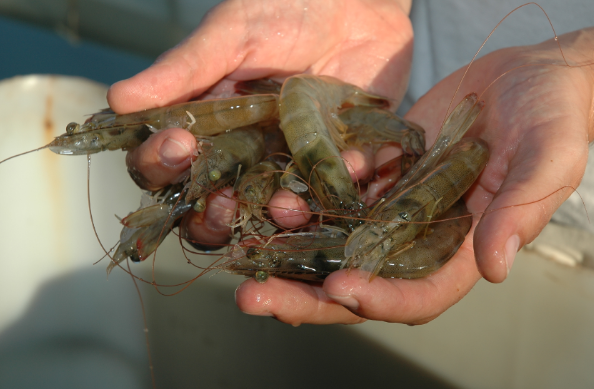
Factors Affecting Shrimp Survival Rate
1. Pond Water Quality
Good water quality is the primary foundation for ensuring shrimp survival rates. Parameters like temperature, salinity, dissolved oxygen, and pH play vital roles. Significant fluctuations in these parameters can cause stress in shrimp, increase susceptibility to diseases, and ultimately reduce survival rates.
Managing water quality requires careful monitoring and appropriate adjustments to maintain an optimal environment for shrimp growth.
2. Feed Quality
High-quality feed is key to optimal shrimp growth. Imbalanced nutrition or contaminated feed can harm shrimp’s health and reduce their survival rates. Strict supervision of feed type, quality, and frequency is crucial to maintaining shrimp health.
3. Effective Pond Environmental Management
Effective environmental management involves controlling natural shrimp predators and regulating population density in ponds. Excessive population density can increase competition, stress, and the risk of disease transmission among shrimp. Proper placement of protective structures and the right cultivation patterns are essential factors in successful environmental management.
4. Maintaining Shrimp Health
Shrimp health is another key factor affecting survival rates. Diseases, pathogen infections, or other health disorders can significantly impact shrimp survival.
Good biosecurity practices, routine health checks, and disease prevention measures greatly contribute to maintaining shrimp health.
5. Influence of Weather Conditions
Extreme and unexpected weather conditions have a significant impact on shrimp cultivation. Rapid temperature changes, storms, and high rainfall can affect pond water quality, which in the longer term can trigger shrimp diseases.
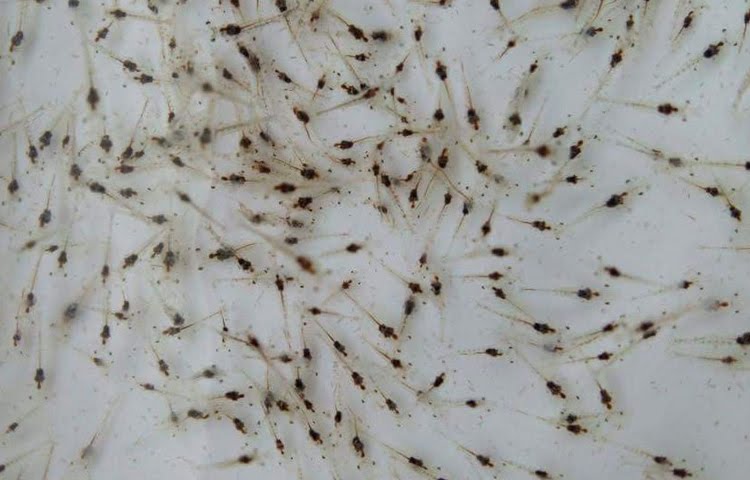
Cre: DELOS Aqua
Ngày đăng : 29/01/2024
165 View
Other Articles








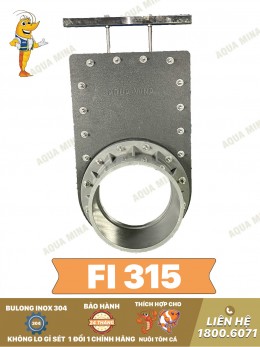
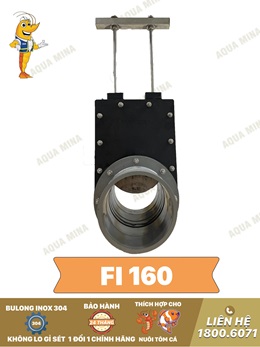

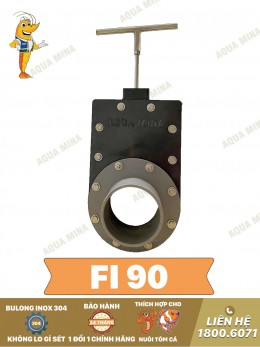
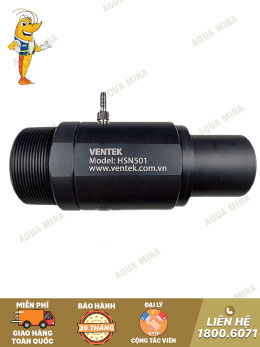
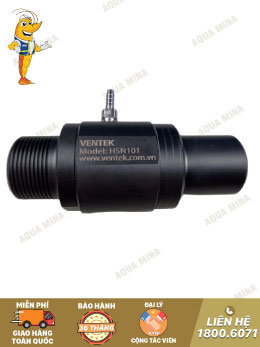

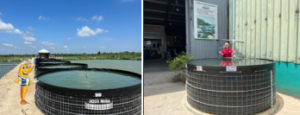

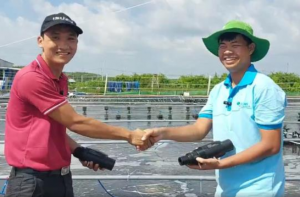
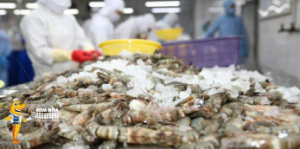
.jpg)